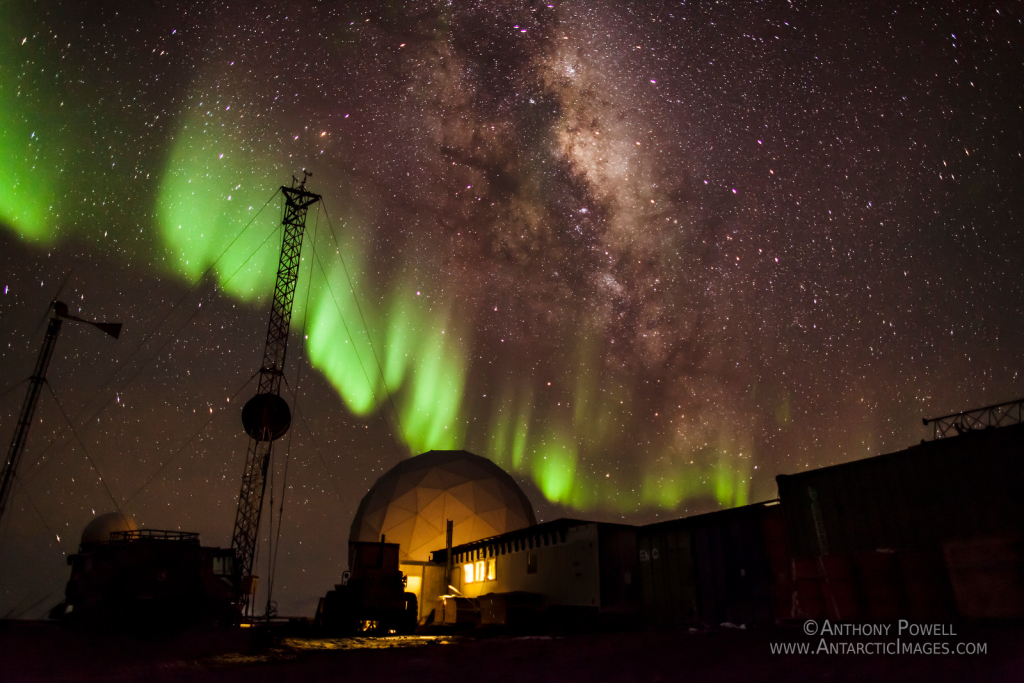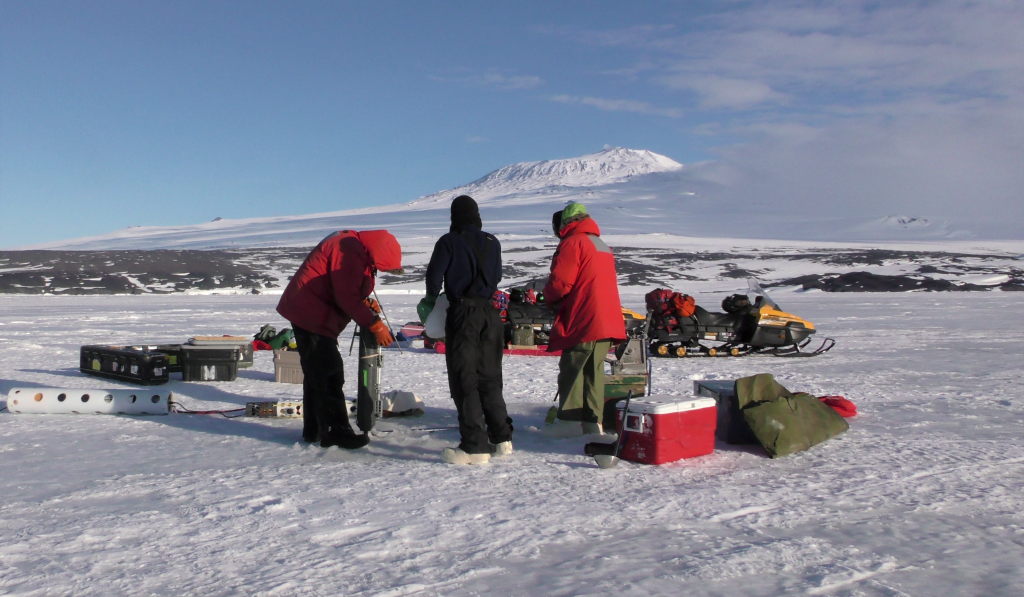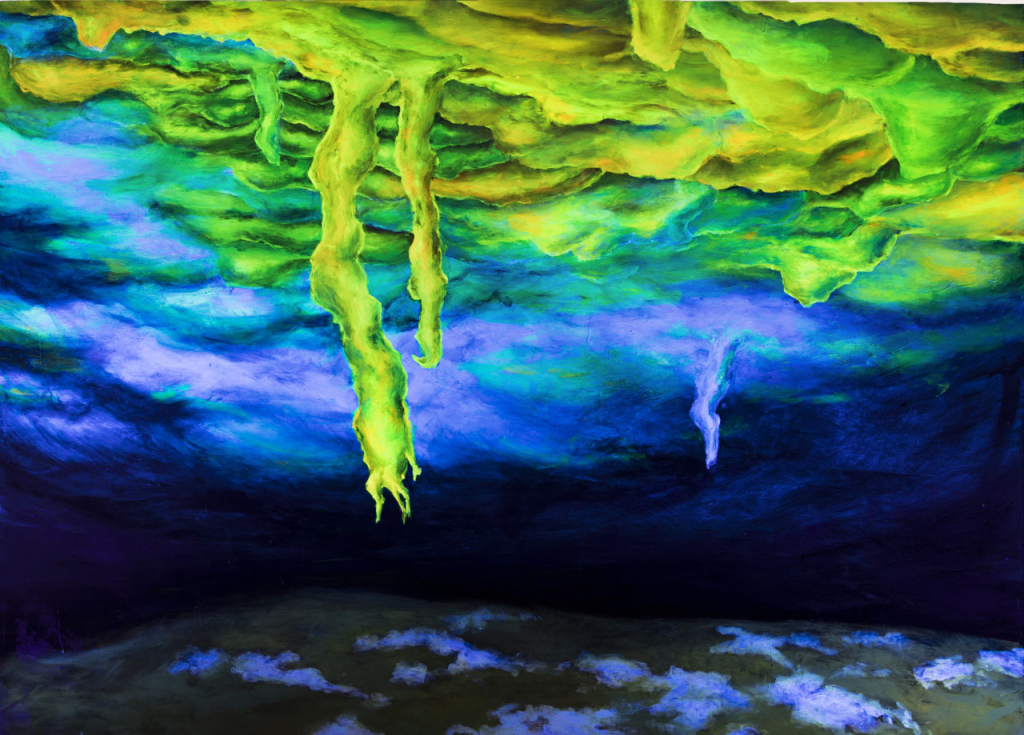Education. Art. Science.
Polar STEAM, which stands for Science, Technology, Engineering, Arts, and Math, is an NSF-funded project that integrates and enhances two long-standing U.S. National Science Foundation (NSF) programs: the Polar Educators program and the Antarctic Artists and Writers program and facilitates virtual and deployment collaborations with scientists conducting research in the polar regions. Joining the programs creates new opportunities to connect the perspectives and work of creatives, educators, and researchers in some of the most interesting and critical ecosystems on the planet. Expanding participation in the program to include faculty from community colleges and virtual educator participants will allow both programs to reach new audiences and better engage the next generation of researchers and science learners.
Our Approach
Polar STEAM is an NSF-funded project run by an interdisciplinary team at Oregon State University. Participants are supported in their creative, scientific, and educational practices as they develop and share creative works and educational resources that engage learners of all ages in understanding the global importance of polar environments.


Virtual and Field Experiences
Polar STEAM makes the isolated, extreme polar regions and the science conducted in those regions accessible to educators, artists, and writers so that they can, in turn, share the polar regions with the broader public through their teaching, art, and written word. Virtual and deployment options are available, see the FAQ page for more information.
Public Engagement
Polar STEAM is not just a national program but a journey for all of us to get closer to what is so physically distant, to understand the Polar regions and its people as community, and to commit to sharing what we learn with the world so others too can let their curiosity thrive. Polar STEAM aims to expand the reach of polar sciences by using an integrated approach to science communication made possible when creatives, educators, and researchers work together.
As part of OSU’s commitment to Polar STEAM, PRAx, the Patricia Valian Reser Center for the Creative Arts will curate a major exhibition – as well as related performances – related to polar regions in the 2026-27 season. Sign up for updates about this and other public engagement events.

Interested in learning more?
Sign up to receive updates about program applications and public events.


